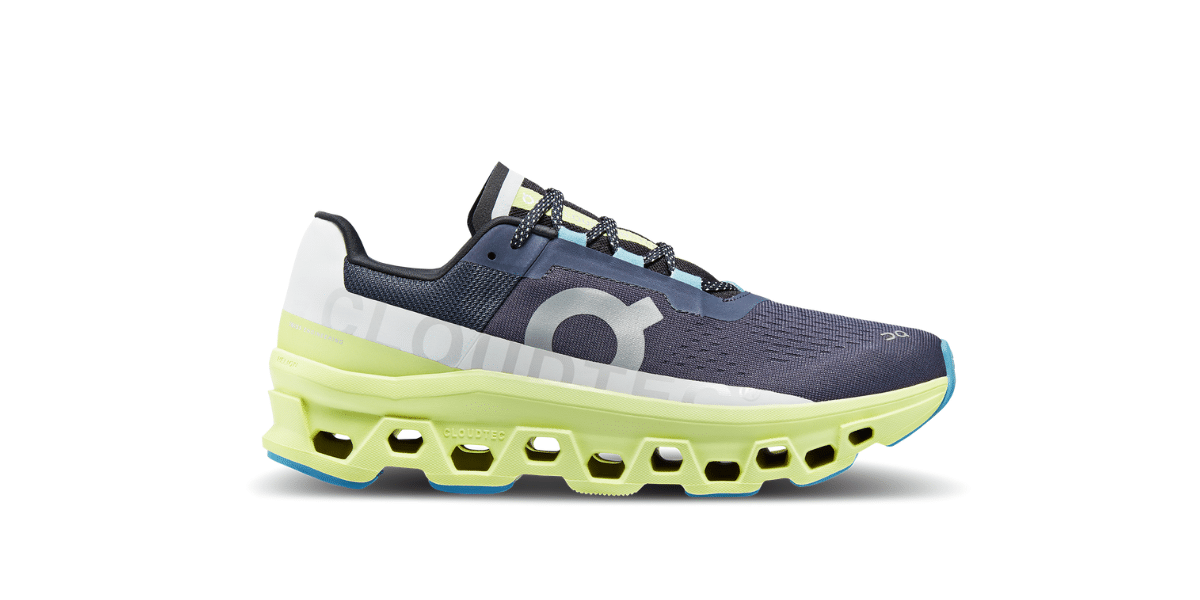Master Your Miles (Heart Rate Zones Explained)
Ever heard the saying, "Listen to your heart?" Turns out, it's not just for love songs—it's also a cheat code for upping your running game. Enter heart rate zones, the not-so-secret sauce to training smarter, not harder. Whether you're aiming for a 5K PB or chasing ultra goals, understanding your heart rate zones can make every run feel more intentional. Let’s break it down—Tifosi Sports style.
What Are Heart Rate Zones?
Heart rate zones are determined by how many times your heart beats per minute (BPM), and are divided into five training intensities. Each zone engages your body differently and aligns with specific running goals—think of them like gears on a bike, each serving a purpose.
The Five Heart Rate Zones
-
Zone 1: Easy Breezy (50–60% of Max HR)
Perfect for recovery and warm-ups. Feels light, relaxed, and great for building a strong base. -
Zone 2: Fat-Burning (60–70% of Max HR)
Also called the “conversation pace”. Ideal for endurance training and efficient fat utilisation. -
Zone 3: Tempo (70–80% of Max HR)
Comfortably hard. Helps improve aerobic capacity and pace control. -
Zone 4: Threshold (80–90% of Max HR)
Pushes your limits—ideal for improving lactate threshold and speed endurance. -
Zone 5: Max Effort (90–100% of Max HR)
Sprint-level intensity. Used for interval training and explosive speed work.
Why Heart Rate Zones Matter
Training with heart rate zones ensures you’re working at the right intensity for your goal—be it endurance, speed, or recovery. No more guesswork or burnout—just smarter, more efficient training.
Benefits of Training by Heart Rate
-
Efficiency:
Every session serves a clear purpose. -
Recovery:
Helps avoid overtraining and promotes active rest. -
Performance:
Improves aerobic threshold and endurance over time. -
Progress Tracking:
Visual insight into cardiovascular improvement.
Using a Garmin Forerunner
Wearing a Garmin Forerunner makes zone training seamless. It tracks your heart rate, suggests workouts, and monitors recovery—all from your wrist.
How to Set It Up
-
Fit is key:
Wear your watch snugly for accurate readings. -
Know your zones:
Use Garmin Connect to view personalised heart rate zones. -
Stay in the zone:
During workouts, your watch will alert you if you're above or below your target zone.
No Watch? No Problem
To estimate your Max Heart Rate (MHR), use this formula:
220 – Your Age = MHR
Then apply the following:
- Zone 1: 50–60% of MHR
- Zone 2: 60–70% of MHR
- Zone 3: 70–80% of MHR
- Zone 4: 80–90% of MHR
- Zone 5: 90–100% of MHR
How to Apply Zones in Training
-
Zone 2:
Build endurance with long, steady runs. -
Zone 3–4:
Use for tempo sessions and threshold intervals. -
Zone 5:
Incorporate into short sprints or high-intensity interval training (HIIT).
Final Thoughts
Training by heart rate helps you run smarter, not just harder. Whether you’re a beginner or chasing a sub-3 marathon, heart rate zones will help guide your effort, pace, and progress.
Ready to take control of your training? Shop Garmin Forerunner watches at Tifosi Sports and start mastering your miles—one beat at a time.




Share:
6 Common Running Injuries and How to Avoid Them
The Best Post-Run Recovery Foods to Aid Muscle Repair